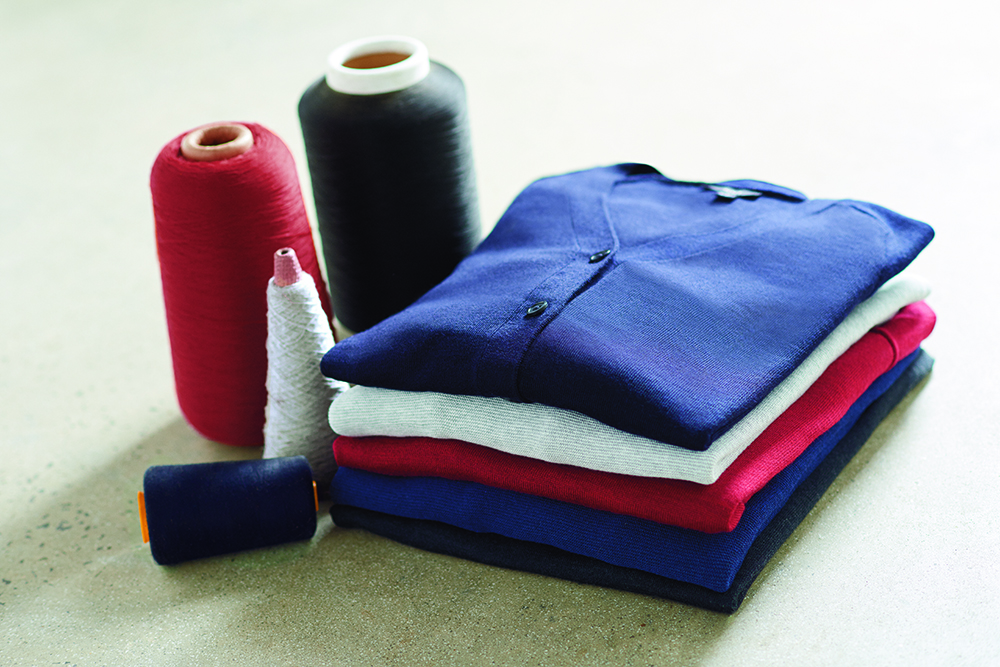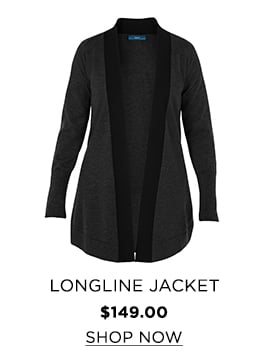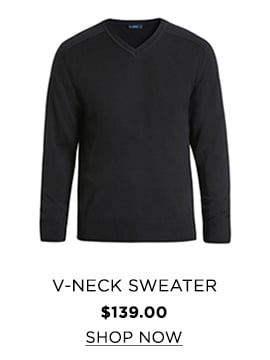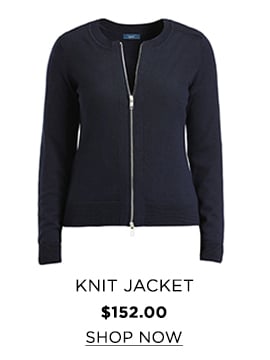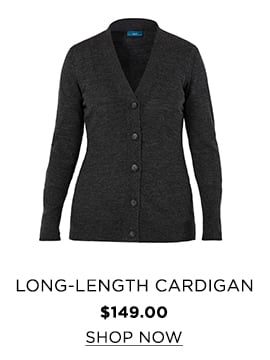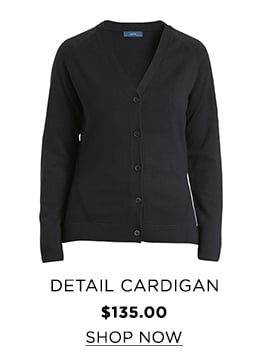The cooler months are approaching, and you reach into your cupboard to pull out your favourite knit jumper, and you discover it has been slowly eaten away at by the most destructive pest known to fashion, MOTHS!
There is nothing more frustrating than your clothes being destroyed by tiny insects! However there are some tricks you can implement to protect your winter woolies.

Damage to fabrics and materials is caused only by the moth larvae (immature form of an insect), the adult moths do not feed. The tiny white larvae eat holes through susceptible materials including wool and wool blended garments, or natural products such as cotton, silk and feathers.
How to deal with a clothes moth infestation?
Once you discover a moth infestation, you need to clear out all the moths, caterpillars and eggs (YUK!) If you spot them in your wardrobe, vacuum and wipe out the cupboards and, if you have the space, put affected clothing in the freezer. Freezing for a week or two will kill all the larvae and eggs. Wash all clothing before returning items to the wardrobe.
Once you get rid of the moths, it is time to look at prevention methods.
Tips to preventing clothes moths
- Using cedar hangers and balls: Can help deter moths from entering your wardrobe.
- Lavender and essential oils: Essential oils or sachets of dried herbs like lavender, thyme, bay leaves and cloves can also deter moths. Traditional moth balls are effective, but they contain toxic chemicals, so instead consider using natural alternatives like sachets of dried lavender or a mix of cloves and bay leaves.
- Keep clothing clean: Clothing with food or sweat on it is extra attractive to insects, so don't put dirty items in your wardrobe. When regularly wearing clothes, make sure they are clean when you hang them up, and free of sweat and food particles.
- Store properly: Between seasons store woollen items in sealed garment bags or airtight containers.
- Regularly spring clean: Vacuum and wipe out your wardrobe each season.
- Ventilation: Moths like humid, warm conditions so keep cupboards well ventilated.
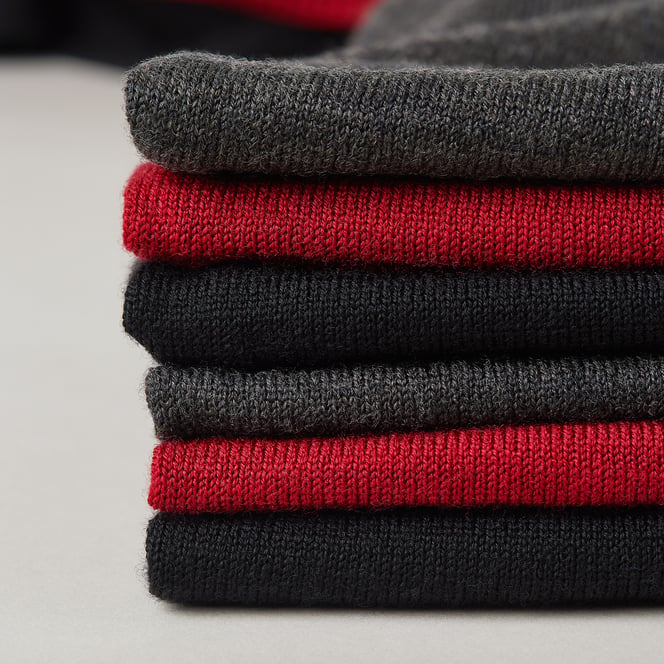
Now that we can protect your wool jumpers - let's buy some new ones! Here are our favourites for the season:



